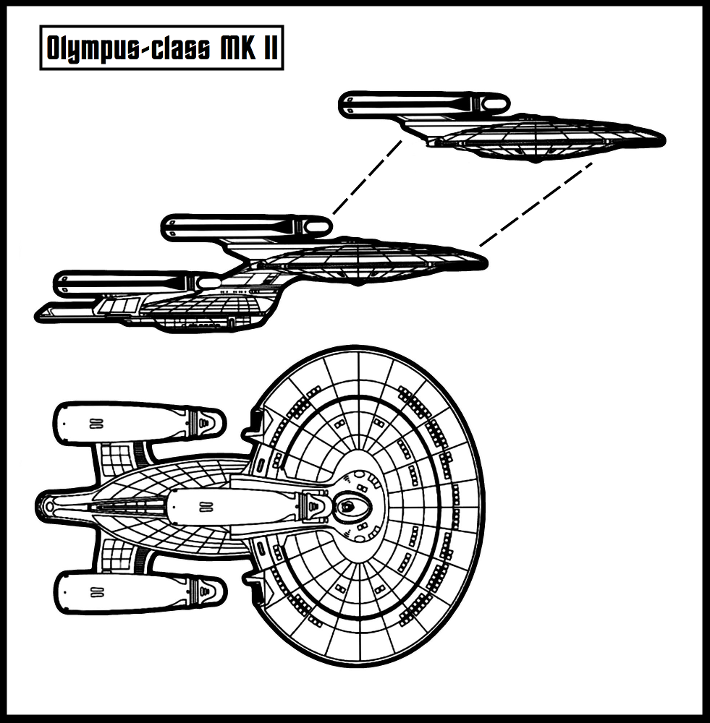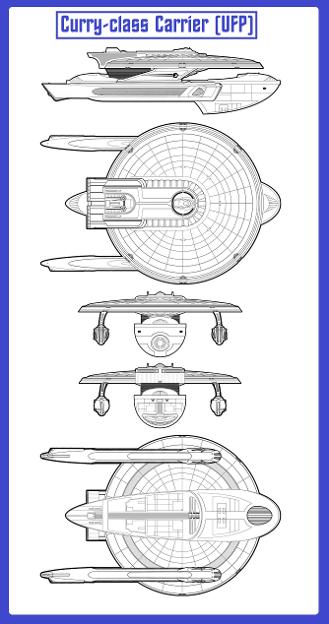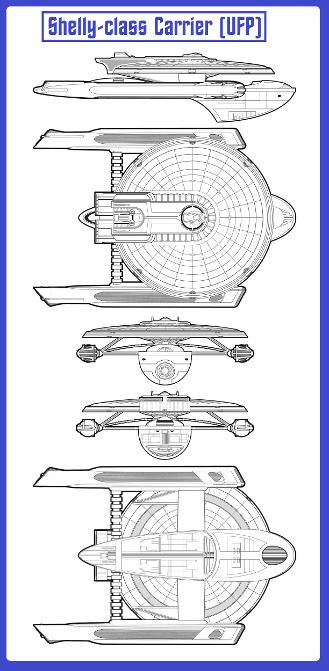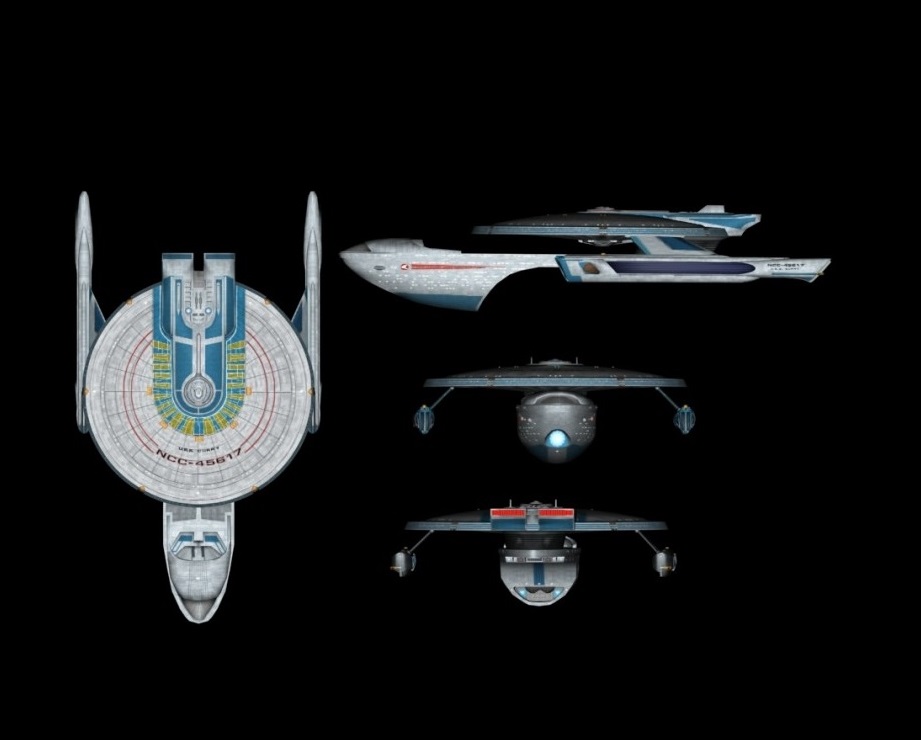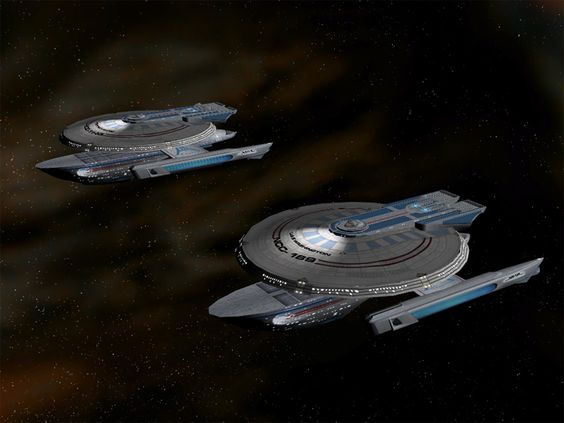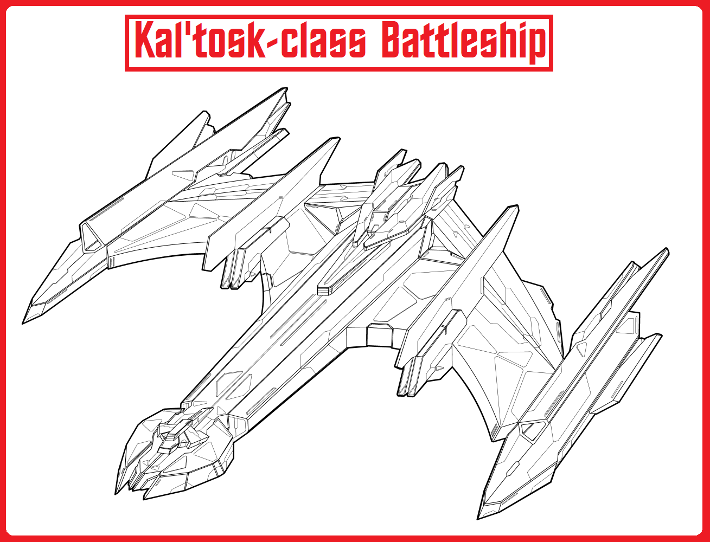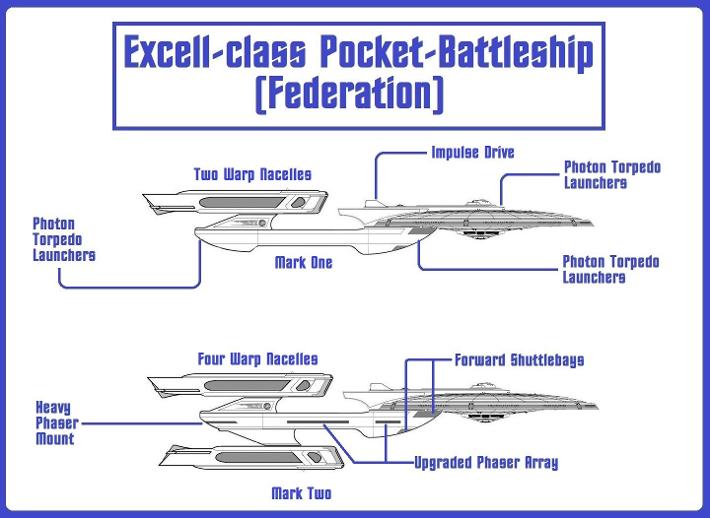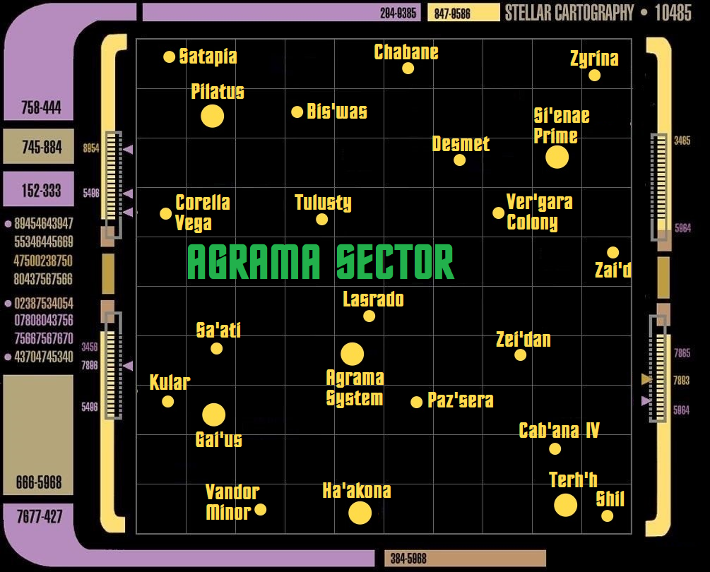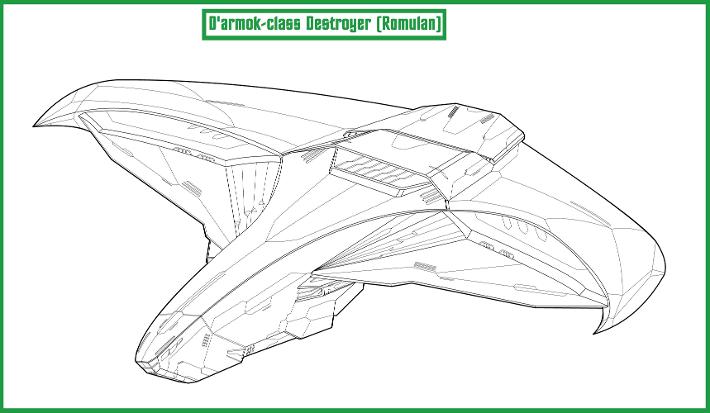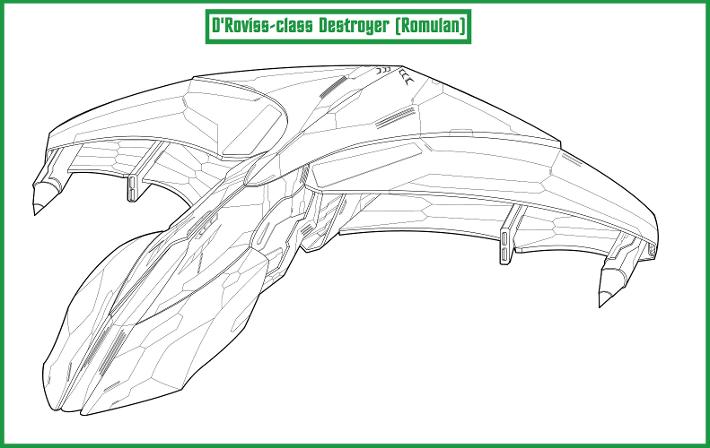NEW STARFLEET CONSTRUCTION
By 2368 the production of a second tranche of the Excelsior-class starships had stalled out; with its original production machinery in mothballs for decades and the former construction crews long since retired, fabrication of the main body of the ship ran into several serious issues within the Federation shipyards building them. However, on a more lucky note, the construction of the saucer section of each Excelsior went off without a problem, resulting in the surplus of 26 fully-built saucers at the outbreak of the Resolute War. While Starfleet Command was initially stunned at the sudden outbreak of the conflict, it rapidly organized to field as many starships as possible for what was sure to be an extended war. With that in mind, Excelsior saucers were mated to strategic tugs, light cruisers, and even the slew of new small craft carriers, the Curry-class.
One of the most effective designs to come out of the "saucer surplus" was the creation of the Yelchin-class light cruiser. When mating a Excelsior saucer to a pair of warp nacelles and a variable mission pod underneath (Oberth-class hull), Starfleet engineers were able to rapidly field an impressively armed warship. Fabricated primarily at the Antares Shipyards, they were equipped with twelve Type 7 phasers in the saucer alone, two forward mounted torpedo launchers, and two deadly aft-facing phaser cannons. A single light cruiser of this class was almost tough enough to take on a Romulan warbird by itself. Its high warp speed, an experimental dual-array shield generator system, and an extensive sensor array made it an excellent scout vessel, courier ship, convoy escort, and fleet support ship. Eight were initially fielded by Starfleet Command in the first 6 months of the war and when it ended, over 50 had been built and deployed across the vast space of the Federation. Overall, the Yelchin design was extremely efficient: it was low maintenance and multi-mission capable, and was an extremely effective class of starship.
Another remarkably successful vessel to be fielded with Excelsior saucers was the Curry-class "carrier", a small craft toting starship that was first made at the Ceta Shipyards (the Dubhe System) and in orbit of the planet Militar. The vessel was built with extensive shuttle bay facilities which allowed the vessel to act as a fighter carrier or as an assault ship. Until the Curry was conceived by Vice Admiral Daniel Heller of Starfleet Construction, the Federation had rarely ever had a starship solely dedicated to fighter and shuttle support operations. In fact, until recently Starfleet had no small-scale craft that was capable of surviving in a warzone until the last decade or so.
The Curry-class was designed to carry several fighter wings and its personnel for operations without the support abilities of a nearby starbase. In design the Curry lacked a great deal of defense and offensive abilities, meaning other ships needed to be assigned to protect it. When the Resolute War began, six additional Excelsior-class saucers were easily mated to a standardized hull and they were sent to the front lines as forward-operating fleet support vessels. The Curry's also saw extensive service in the Dominion War with heavy casualties. These carriers will be eventually be discontinued and the remaining vessels will be decommissioned at the end of their service lives. At the start of the Dominion War there where 210 Curry Class vessels, at its close there where 96 remaining in service.
A parallel design to the Curry-class carriers was the Shelly-class, a starship with improved warp nacelle support and built from the ground up within the Annex Zone at the Canopus Shipyards. Over a dozen were constructed and sent into the war, and only 3 returned from that brutal conflict (the USS Snoqualmie, USS Snowhomish, and the USS Shuksan).
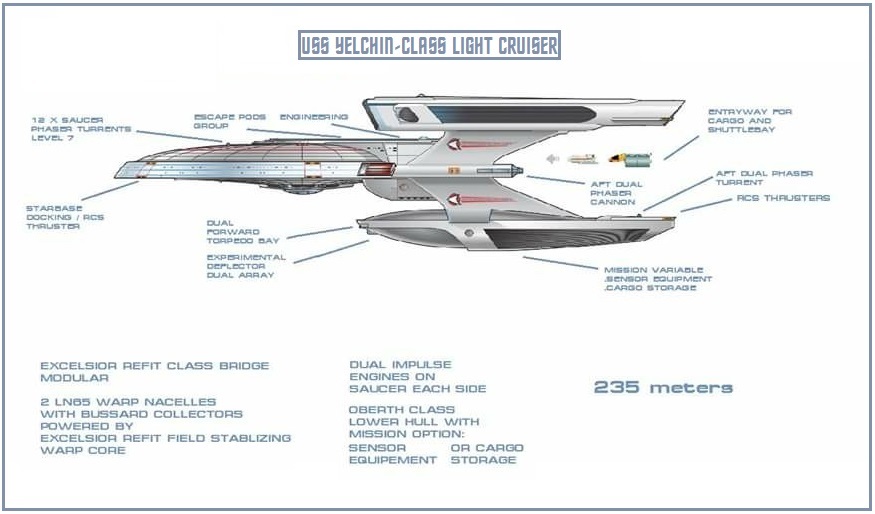
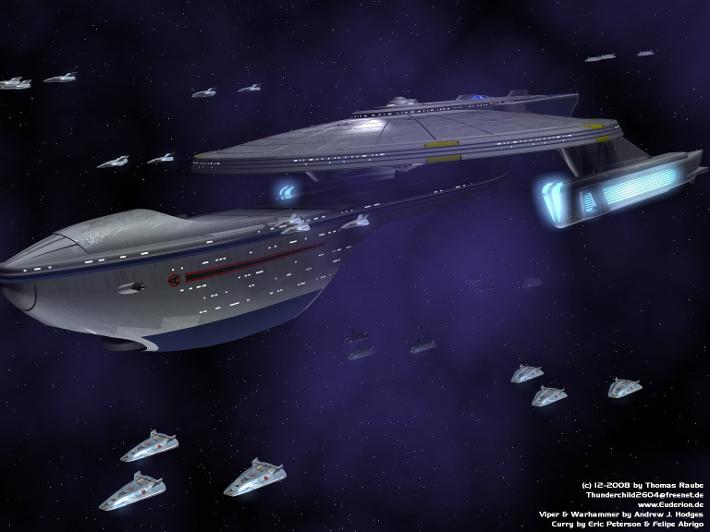
STARFLEET REFUELING CRISIS
As the war continued in earnest and Starfleets' armed forces expanded out of the Annex Region and deep into Romulan space, it became clear that underway replenishment of these distant vessels was becoming critical. The entire area of the Federation Annex had very poor deuterium sources (which was one of the main reasons why the Romulans and Klingons had not claimed the area) so most of this vital fuel was shipped in from several depots deep in UFP space. Built over the last 200 years, Starfleets' older tanker ships were much slower than its front line vessels and most were badly outdated well before the Resolute War began. With that in mind, several innovative Starfleet engineers concluded that mating pre-built saucer sections from Ambassador and Excelsior ships to simple warp configurations and adding super tankerage would solve much of their resupply problems as the Federation advanced into Romulan space. Several new designs were rapidly fielded, including the Ptolemy II-class tugs and the Hydra-class heavy tug. Within several months Starfleet Command had finished the jury-rigged ships, six Hydras' and 8 Ptolemy IIs, and sent them off on refueling missions to Federation forces in the enemy Iconia and Voltanis Sectors.
On their third mission into Romulan space, one of the UFP resupply fleets was somehow tracked down in warp space and destroyed. After weeks of debate and dissent at Starfleet Command on Earth over this near impossibility, a theoretical warp field specialist named Sonja Gomez (Ensign) postulated how the Romulans were tracking Federation ships with apparently pin-point accuracy while in warp. She also came up with a way for Starfleet vessels to throw off the Romulans by sending out dozens of fake warp fields while in transit, ending the threat to the UFP resupply chain. There were no further losses to the fleet vessels headed to the Annex Zone for the rest of the war, except the destruction of the USS Condeleeza Rice supertanker in orbit of Kostolain during a raid on that system.
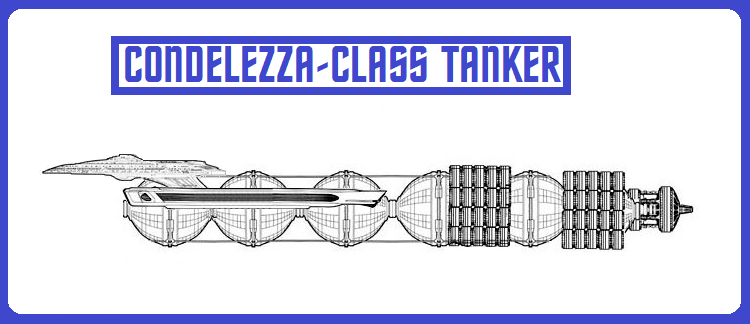
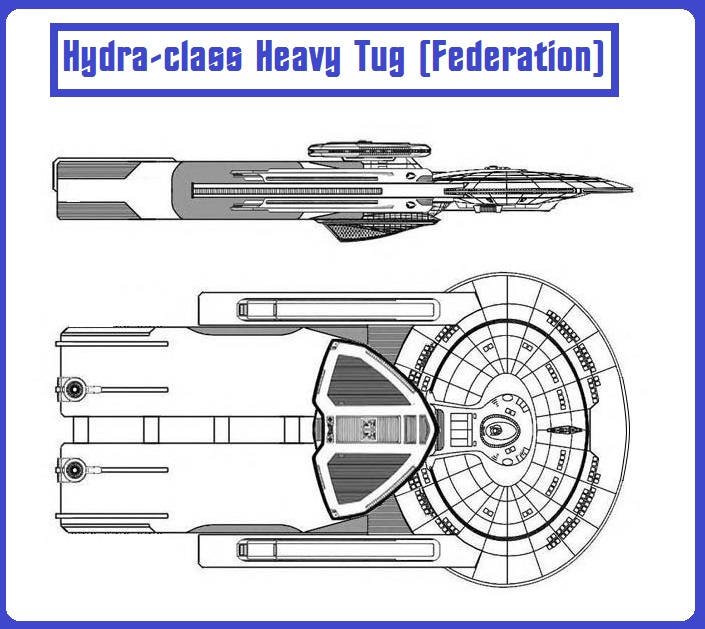
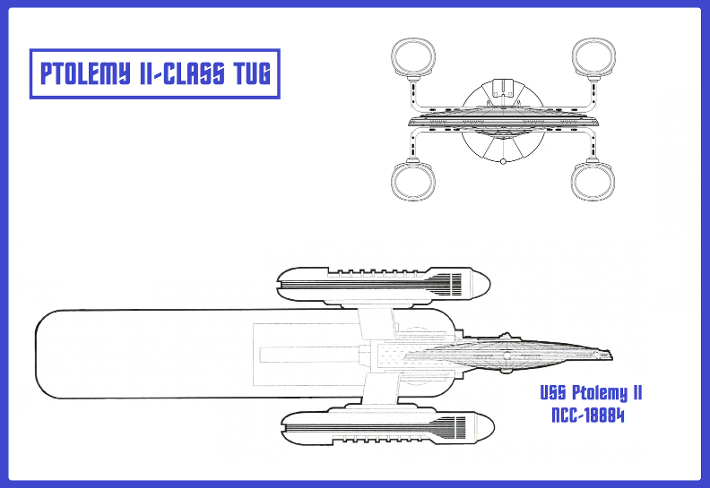
THE HOUSE OF KORATH STEPS UP
During the recent Klingon Civil War, instigated by the Romulans and the Klingon House of Duras, the military forces of High Chancellor Gowron were victorious, destroying most of the enemy fleets and occupying the Duras Family's vast holdings. For centuries the House of Duras had been a dominant force within the Klingon Empire and often one of their own held the leadership of the Klingon Council, the ruling body of the Empire. In fact, the last Duras to hold the Chancellorship was during the Four Years War, which ended very badly for the Empire. During that war the Duras clan had led the Klingon Empire into a costly defeat against the Federation and in doing so they lost power as a result, both in the political realm and the military one, and they were ousted for more than a century from the inner workings of the Council as well.
The new younger generation of the Duras' Family were far more cunning (and most now say far less honorable) than their ancestors and their sneaky coup attempt that sparked the latest Klingon Civil War saw the utter defeat of their House. The immense Duras planetary holdings were just too large for any one house to manage; they were scattered far and wide across the Empire, some across distant sectors. With that in mind, several large sections of their property and fleets were allocated by Gowron to some of his strongest supporters in the recent conflict, the House of Korath and the House of Torm.
The House of Korath was an up-and-coming but very traditional Klingon House ruled by clan leader Korath, a brilliant military scientist. The House itself was widely known for its bioengineering products and agricultural goods, and its extensive shipwright capabilities. Newly built Korath warships have extremely advanced sensors and cutting-edge weaponry including some truly devastating beam weapons. The newest of these were incorporated into the Klingon Empires' latest warship design, the Kal'tosk-class battleship.
The Kal'tosk-class had been on the drawing boards of the House of Korath for nearly a decade but unfortunately finding funding to create such a large and risky design had been nearly impossible. With three new experimental beam weapons (none of which were battlefield tested) the new heavy warship was an uncertain risk that the Klingon Admiralty refused to finance. However, with new resources flooding in from the supplementary Duras holdings into the House of Korath, the full construction of a dozen of this class began to move forward at the beginning of the Resolute War and these advanced battleships were first fielded against the Romulans in the second year of the conflict. Staging from the Korval System in Klingon space, a small but deadly task force of these ships began operations against the Romulan fleet in the Gasko Sector, drawing first blood in the Romtella System. Immediately the Kal'tosk design proved to be a very lethal warship against every battlefield target, with its new polarized disruptors and resonance disruptors proving to be extremely effective against enemy warships. The central spinal "piercing disruptor" was especially devastating, expertly targeting and destroying static bases on asteroids, moons, and planets.
Now fortified with almost a third of the former Duras' Family's holdings, the House of Korath is poised to become a major House within the Klingon Empire and utilizing its new Kal'tosk-class battleships, a significant force to end the Resolute War in the Empires' favor.

THE BATTLE OF TWO SUNS
By the end of the second year of the Resolute War, the conflict was going very badly for the Romulans; the Alliance had total control over eight Romulan sectors and was advancing on the core worlds at the center of the Empire. Six of these occupied sectors were held by the Klingons as they advanced from the galactic south into Romulan space, while two additional sectors had been liberated by the United Federation of Planets who were penetrating from galactic west. The total fleet losses for the Romulan Navy were reaching almost 1,000 vessels destroyed or so heavily damaged that they were out of the fight for 6 months or more, while the Alliance kept adding to their roll of warships by the hundreds each month. New advanced cloaked Klingon warships like the J'task-class warbird and the Or'loth-class battlecriusers could take a pounding on the battlefield and kept the Romulans on their toes as they continued to heavily attack the Romulan Empires' planets and fleets. Sadly, the luck of the Alliance ran out when it reached the Noro Sector and the major star system R'nellath Prime, a world which will live in the memory of the Federation and Klingon Empire forever as "The Battle of Two Suns". It was in this double-star system that the two largest fleets finally met, the 1st Romulan Fleet and the joint Alliance 2nd Fleet, with the combined numbers of ships reaching over 3,000 vessels.
Led by on the Alliance side by Thought Admiral Graz'znh, this battle took place over 2 days and led to a pyrrhic Romulan victory. Only a handful of Klingon and Federation starships surviving by hiding in a nearby nebula and the admirals' ship wasn't one of them. With small, agile Dragonfly scouts leading the way out of the dangerous nebula, the remainder of this fleet (just 14 vessels) made its way back behind Alliance lines two weeks later. This group of demoralized ships spread the bad news as they went back to their home stations. Now, such a crushing defeat would normally have forces both sides to the negotiating table, but the Romulans had lost 85% of their largest warships during the battle. Alliance forces also refused to stand down its fleets after the devastating Battle of Two Suns (as it was soon to be called) and another huge Klingon Fleet was sent forward with additional Starfleet support just two months later, crushing all opposition in the Noro region and its surrounding sectors. Klingon army and marine forces persisted in their efforts to forcibly occupy all Romulan-held planets, while Federation forces focused on freeing alien homeworlds from their Romulan oppressors. Unfortunately, the Battle of Two Suns inevitably led to fanatical tactics on the part of the Romulans, including starship ramming attacks against Alliance vessels and deep range strikes against planetary targets in Federation and Klingon space.
At the same time the Alliance:
*Reduced the T'Ron Fleet Base in Noro Sector,
*Destroyed two Romulan resupply fleets in Hotep Sector,
*Captured Salah Prime in the B'Tran Sector after two recurrent battles,
*Moved the forward battlefield operations center from Klingon space to the former Romulan system of Nopada,
*Battle for Zyrina fought; Romulan forces utterly crushed by reinforced Klingon fleets,
*Federation marines assaulted T'Liss in the largest operation of its kind during the war,
*After extensive research and development, Starfleet announced that its powerful new "chain reaction pulsar weapon" was operational and ready for limited installation on specified Federation warships.
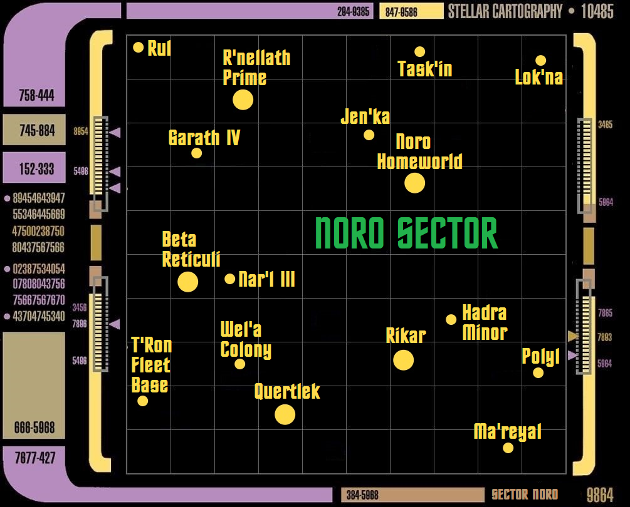
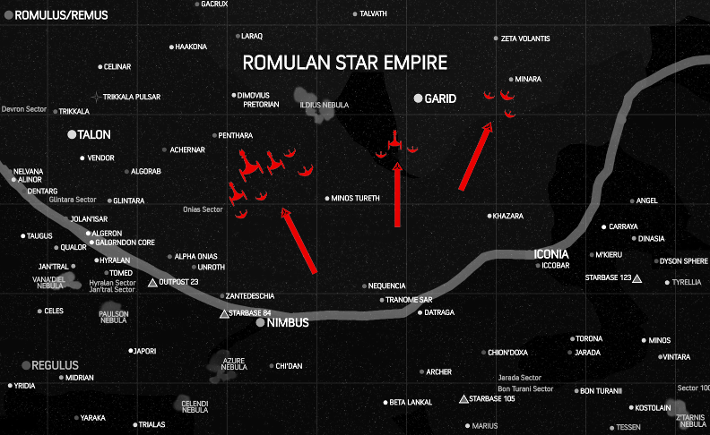
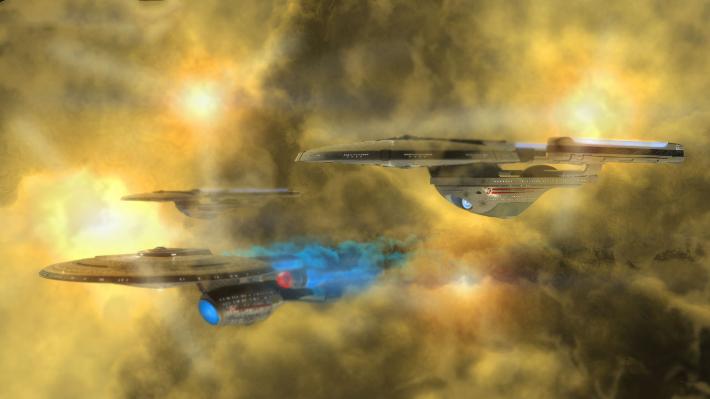
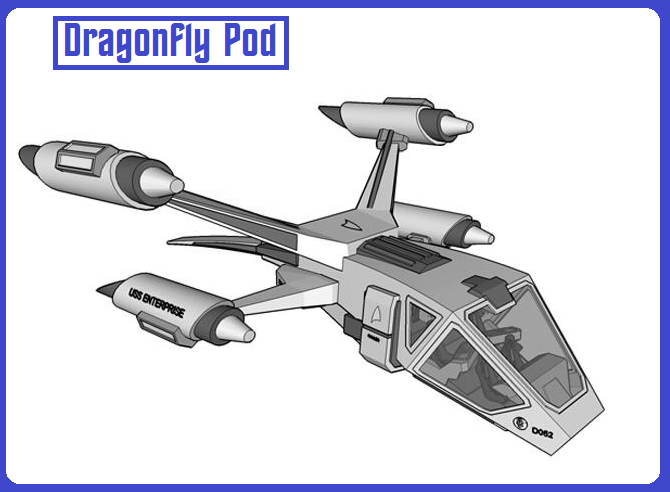
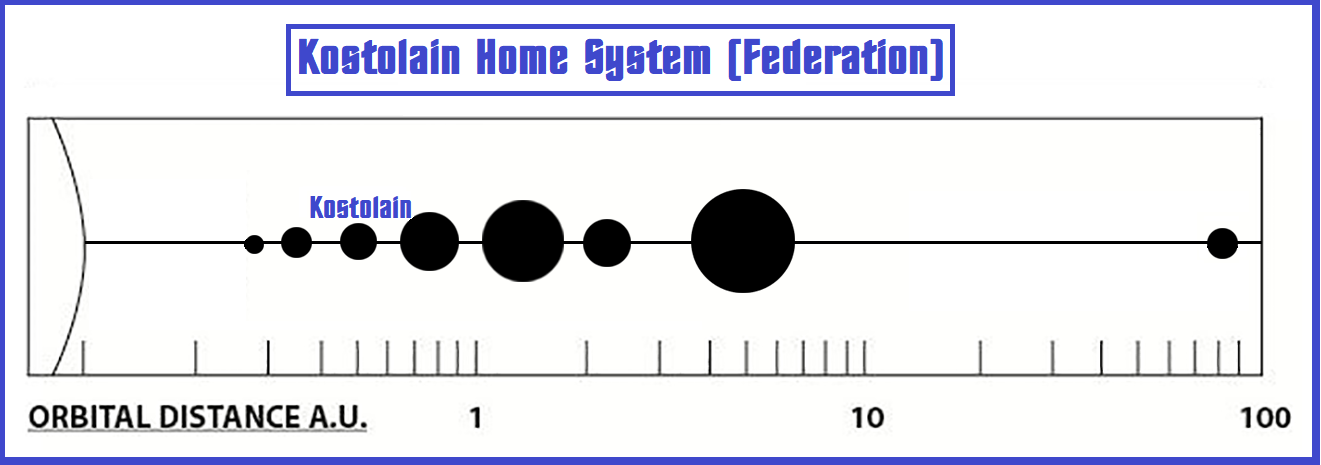
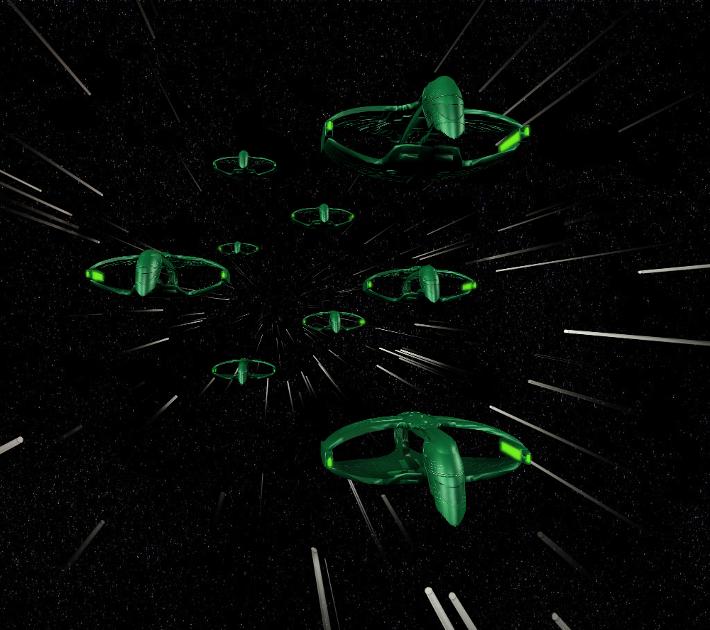
OLYMPUS-CLASS STARSHIP
Designed and built at the Aldebaran Yards, Starfleets' first Olympus-class dreadnought, the USS Zeus (NCC-4466), was completed on Stardate 43999. Originally designated as a Galaxy-class Explorer to replace the destroyed USS Yamato, construction was halted in the third month due to increased Romulan activity near the Neutral Zone and projected Borg incursions. Starfleet Command felt that a Galaxy-class starship, with over 500 civilians on board, would be impractical in any extensive military engagement due to the vulnerability of the Saucer Section. With the new dreadnought design, the Saucer Section becomes warp capable and using brand new transporter construction techniques and prefabricated parts, the USS Zeus was constructed in just twelve months. The Olympus-class dreadnought has twenty-two torpedo launchers and four burst phaser emplacements on the Saucer, as well as additional three dimensional weaponry.
The advantages of the tri-nacelle design are many, including added power for weapons, deflectors, and increased maneuverability; it also enables for saucer escape (and combat) at warp speeds. Its greatest advantage, however, allows for the installation of a completely enclosed attack fighter bay. This bay, using advanced subspace transporter technology acquired from Ferengi sources, and tapping power directly from the Secondary Engine Room, is located in the center of the Saucer Section. The entire floor of the bay is one massive transporter pad, while the few conventional exits are used only in emergencies. The fighters themselves are beamed directly into space at a maximum range of one billion kilometers, increasing the attack potential of the dreadnought beyond all current Threat vessel designs. The Olympus-class dreadnought carries 96 warp-capable fighter-bombers that can concentrate an awesome amount of firepower on a single overwhelmed target. Working in flight groups, these attack craft can destroy all current Threat vessel designs and have a high survivability rate even in a multiple-Threat environment. These fighters also carry the new advanced antimatter torpedo and are equipped with the new polarized phaser design which can promptly penetrate shields. Micro-miniaturization of the fighter's warp core and new advanced shields give each fighter the firepower and lethality of a small starship!
The Olympus-class dreadnought proved in it's first five months of service to be such an asset to the Federation that Starfleet Command has ordered the construction of eleven more. Fleet Yards at L-5 (Terra), Centauri Spaceworks, Deneb V, the planet Izar, and the Aldebaran Yards have geared up to produce the dreadnought design at a highly accelerated rate (one per yard every 12 months). The current emergency situation with the Borg and the Romulan Empire has necessitated rapid production of the Olympus-class for defense of the Federation.
By the end of the Resolute War, ten of these heavily armed vessels had been finished and placed on front-line duty, often at the core of a major Starfleet battle group.
